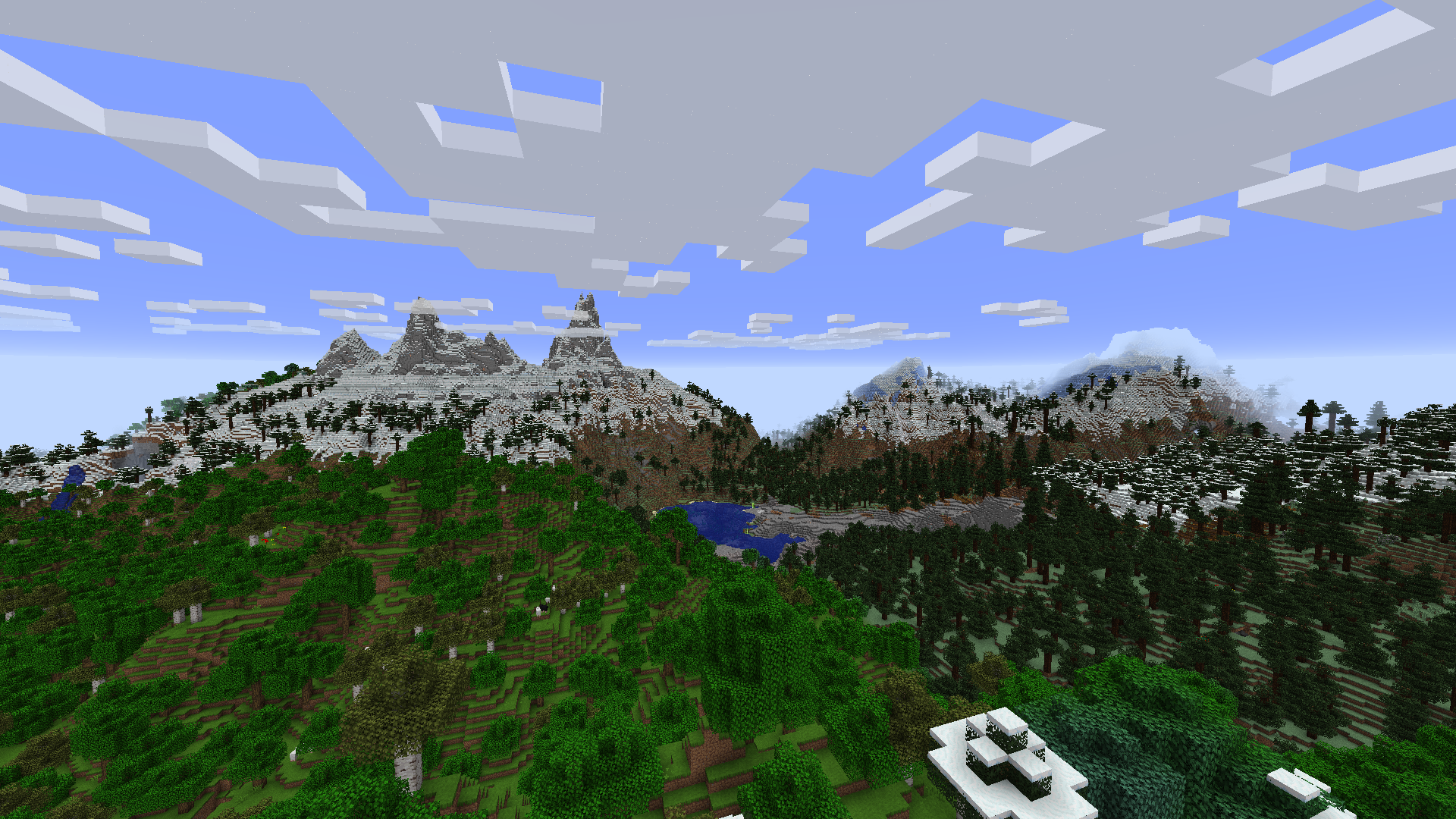

I understand why they wouldn’t want to suddenly change the branding of existing projects though.
I’m not sure if I agree, I feel like the long term damage of keeping the names is greater than changing them now to Fedora Plasma Atomic (Formerly Kinoite) / Fedora Atomic Workstation (Formerly Silverblue). Leaving them as is, is just going to create more confusion in the future to new users who won’t immediately understand why the naming convention is different for the other spins and will create more confusion for documentation / support threads online.





Assuming the NAT type is one that supports peer to peer connectivity, you could try using Ethernet instead of wireless (of course this only helps when docked). This would alleviate issues with WiFi signal not being strong enough, potentially increase bandwidth, and reduce latency. Ethernet can’t improve the connection beyond the incoming connection from the ISP, it only will improve issues that stem from wireless connectivity.
it could very well be this, when I visit my parents in the countryside the internet is sometimes not good enough, and other times it is adequate (satellite internet, so weather can impact it).